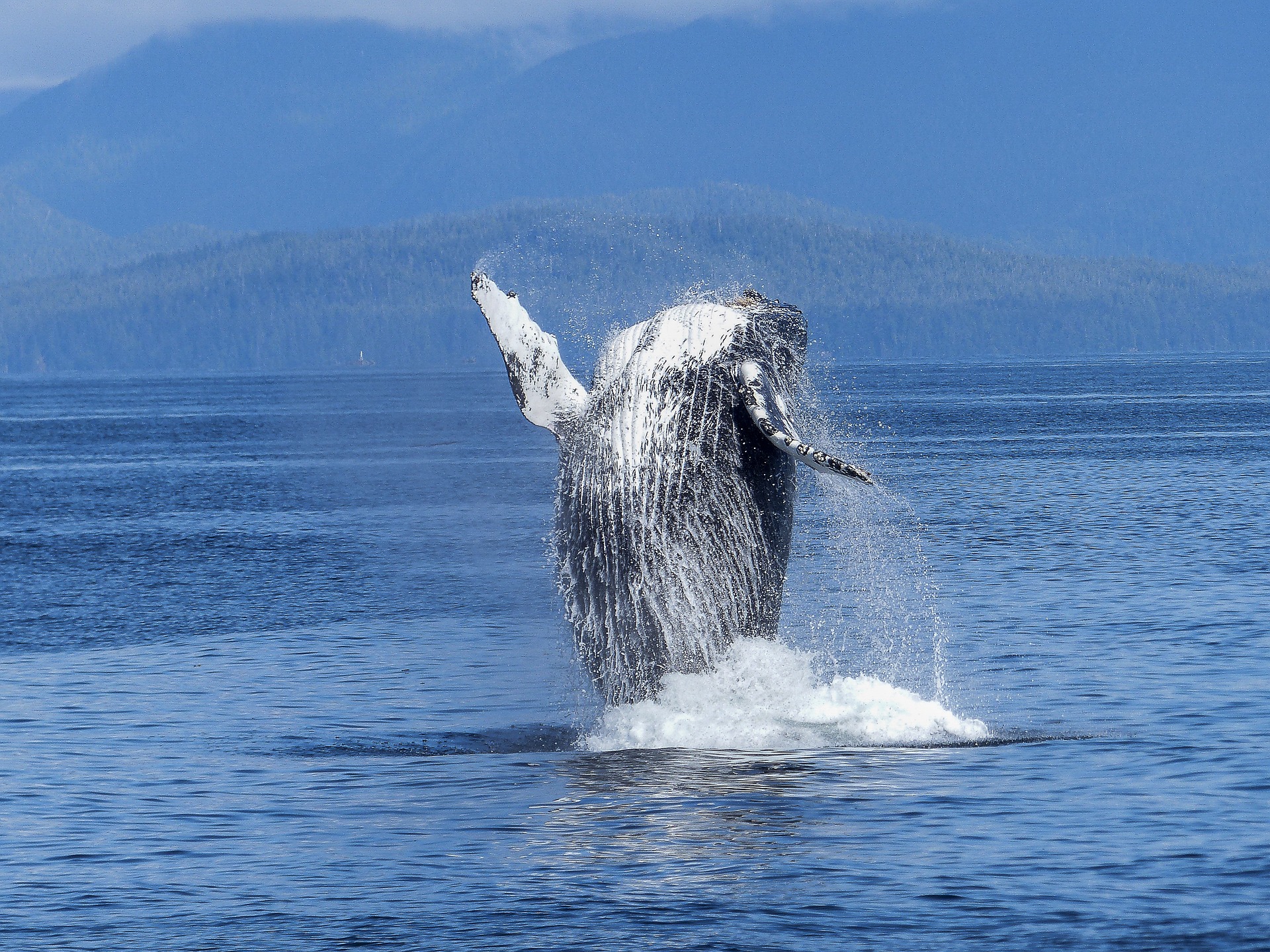
Te Whanganui-a-Tara – After 60 years of being considered endangered, humpback whales have been removed from Australia’s endangered species list.
Population numbers have increased from 1500 to about 40,000.
However, environmental groups are concerned that numbers may plummet again as a result of the ongoing climate crisis.
Humpback whales are protected under New Zealand’s Endangered Species Act and the Marine Mammal Protection Act.
The Department of Conservation says the humpbacks are regular visitors to the coastal waters of New Zealand when they are migrating. They travel mainly along the east coast of the South Island and through Cook Strait during winter and return along the west coast during spring.
The Oceania population of humpback whales was classified in 2008 as endangered by the International Union for Conservation of Nature (IUCN) (external site).
Over the last six decades, humpback whale populations have drastically increased by several thousands, thanks to authorities cracking down on poachers.
However, certain environmental groups are concerned that numbers may plummet again as an unfortunate result of the ongoing climate crisis, and rising ocean temperatures.
Whales continue to face the effects of drilling, boats, fishing, and other human activities.
Commercial whaling was mainly the downfall New Zealand’s humpback whale populations, but the government cracked down on it in 1963. Then in 1965, they received international protection.
Meanwhile, a newly discovered species of beaked whale has been identified in a published study. The whale is named the Ramari’s beaked whale, after Māori whale expert Ramari Stewart, the newly identified species lives more than 1800 metres below the ocean surface.
Ramari’s beaked whale was first discovered a decade ago by Māori from the Makaawhio tribe when the carcass of a pregnant female washed up on New Zealand’s South Island.
The name Ramari means a rare event in te reo Māori, a fitting tribute to the elusive nature of most beaked whales.
Ramari’s beaked whales are among the most visible inhabitants of the deep sea, due to their large size and worldwide distribution and their taxonomic diversity and much about their natural history remain poorly understood, according to the study.
While researchers have made strides learning about the species over the last decade, the study highlights that there is still much to be uncovered about life in the deep sea.
The Earth’s deep ocean remains less understood than the surface of Mars, the study says. The deep sea has been described as the last major ecological frontier, as much of its biodiversity is yet to be discovered and described.

